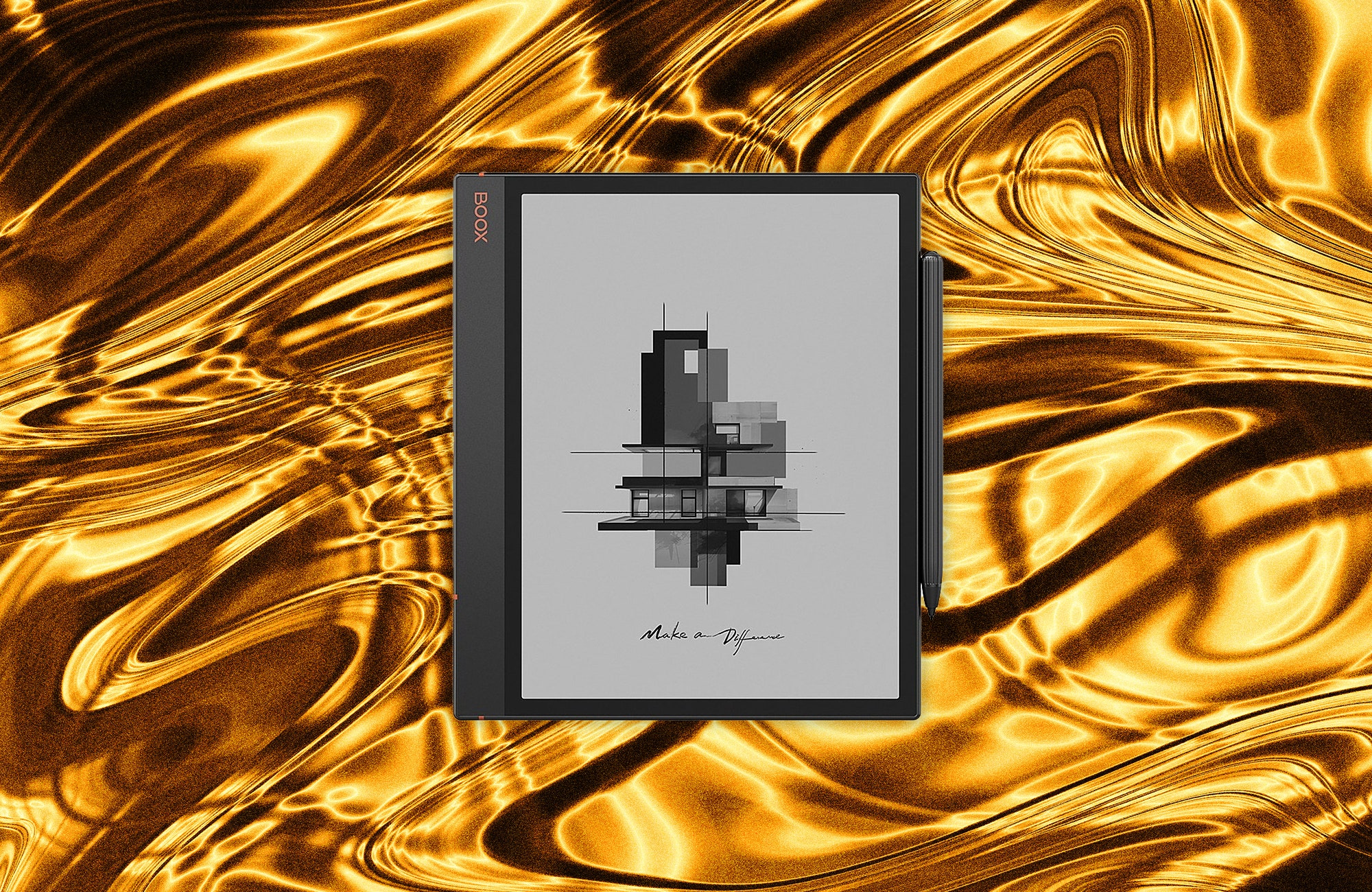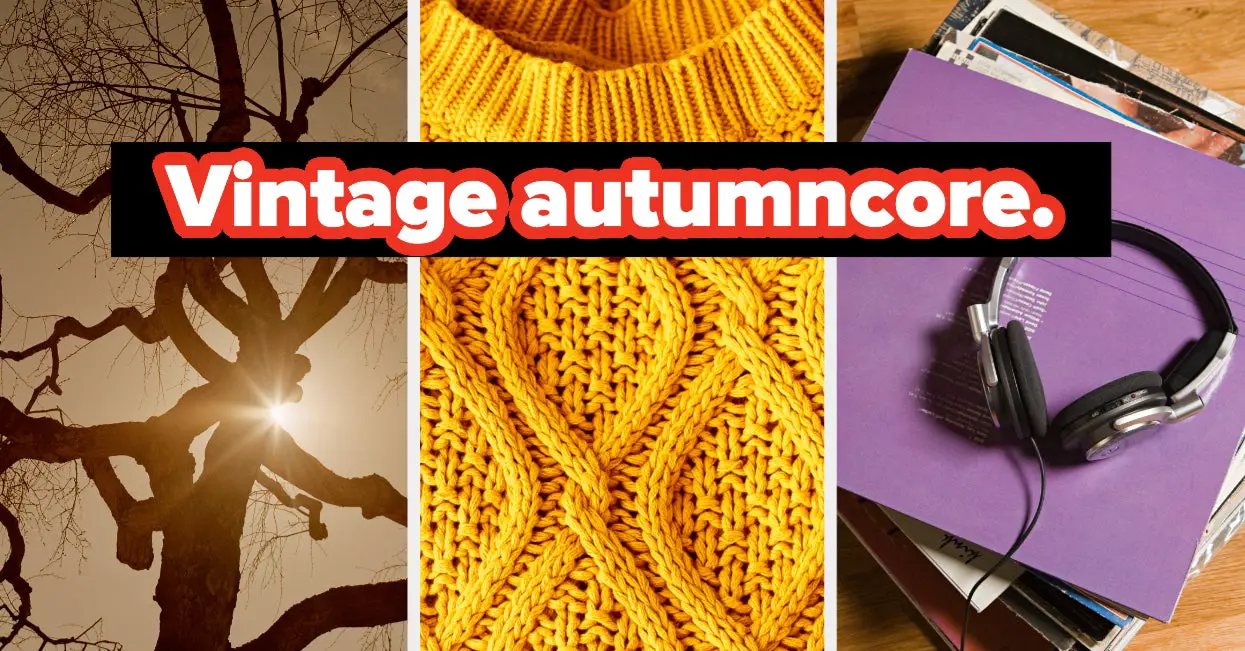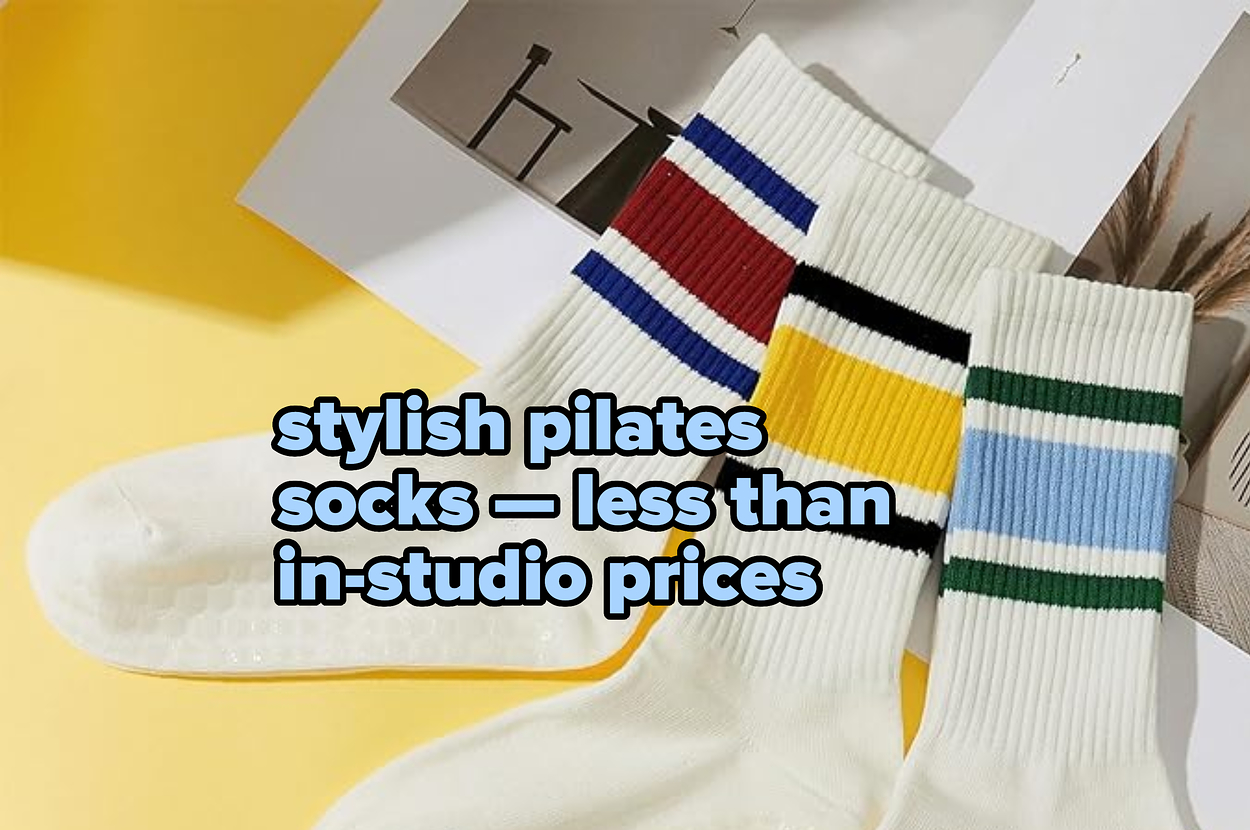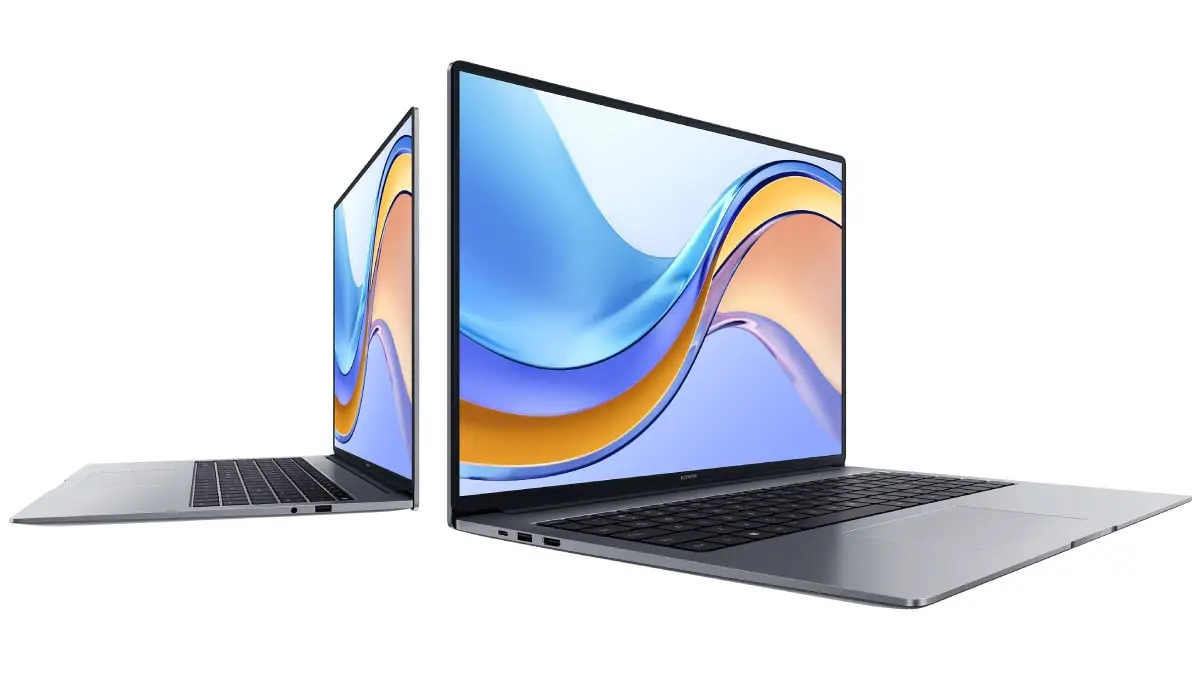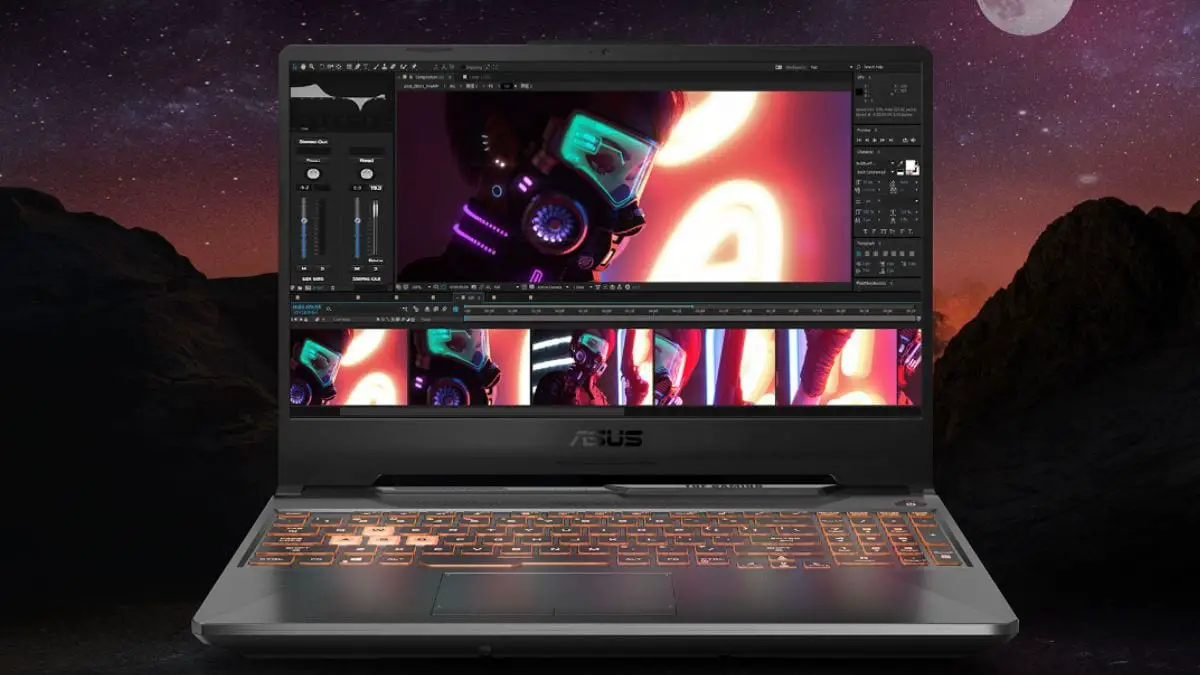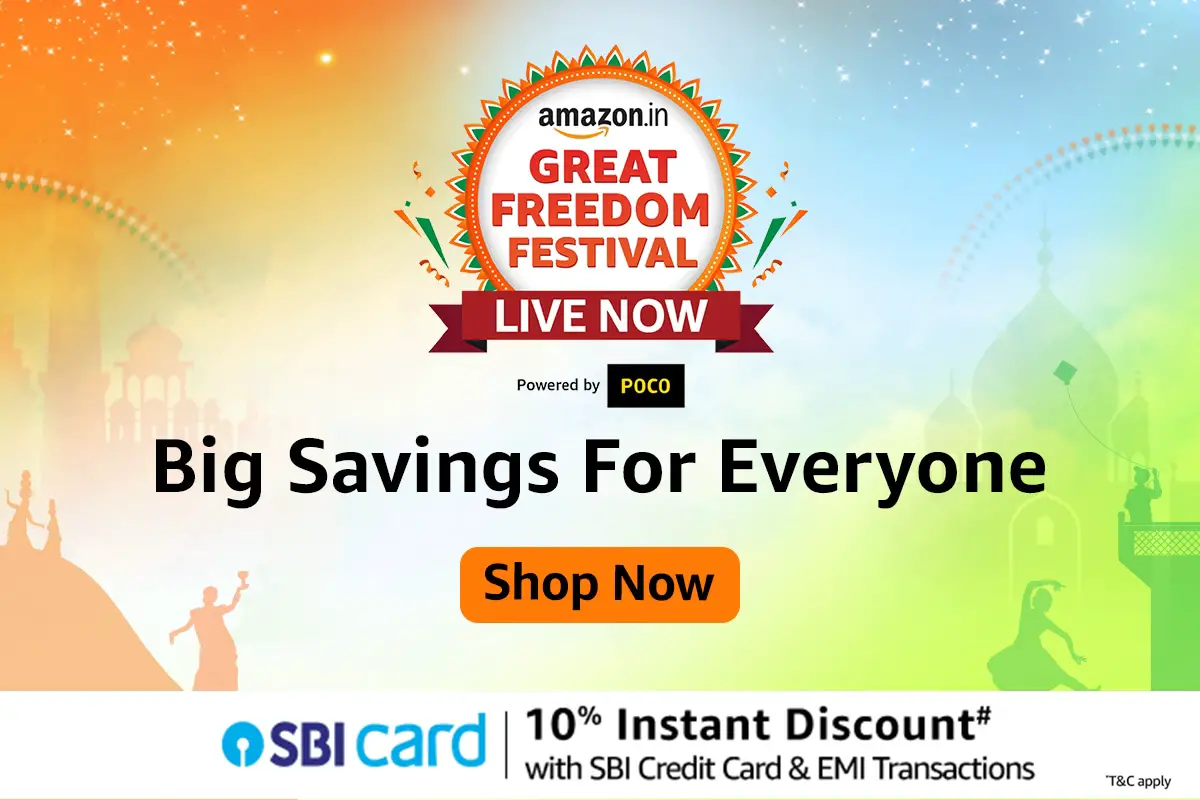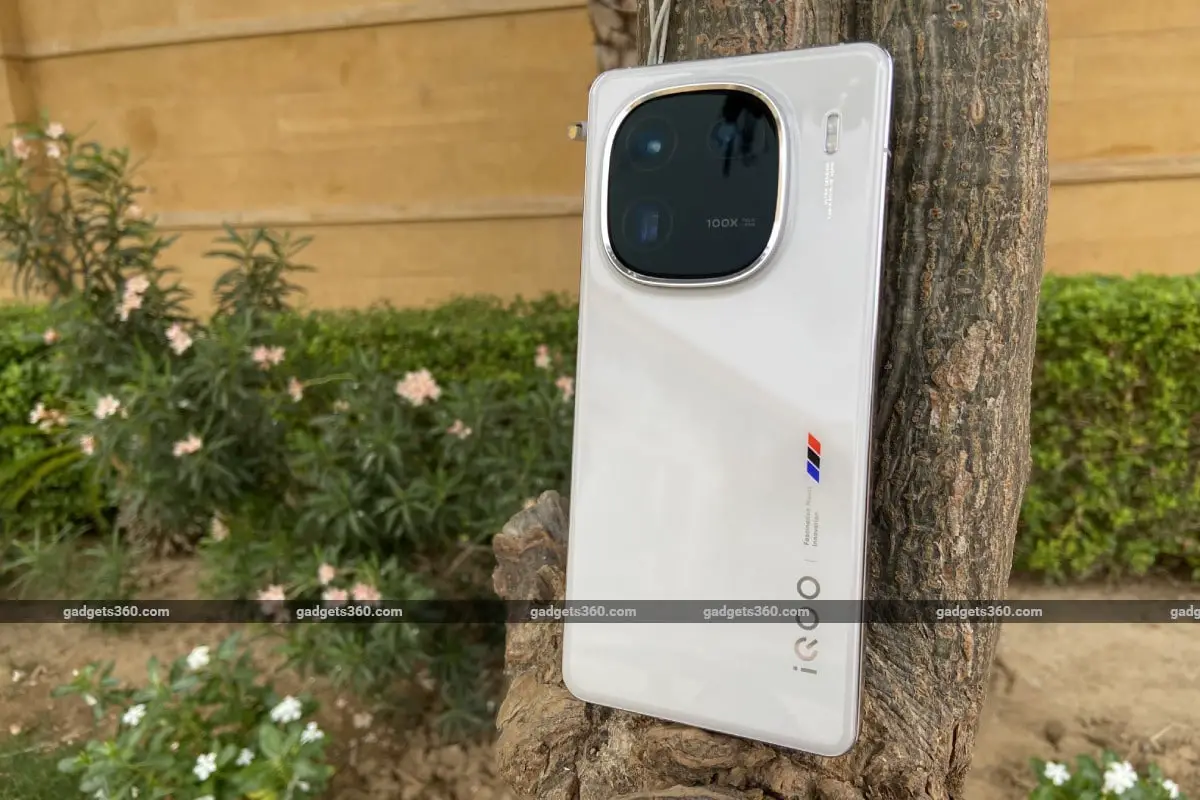If you buy something using links in our stories, we may earn a commission. This helps support our journalism. Learn more. Please also consider subscribing to WIRED
Our Favorite
reMarkable 2
Best for To-Do Lists
Supernote Nomad
Best for Books
Kobo Elipsa
Best for Multiple Functions
Boox Note Air3 C
Do you take a lot of notes? Whether it’s daily to-do lists, notes for class, or just jotting down the various thoughts in our brains, it’s nice to have somewhere to write everything down. Sure, you could just open your Notes app, but physically writing something down helps you remember and learn more. It also feels nice to stop typing for a minute and write out the thoughts in your mind. If you worry about losing those notes if they aren’t digitized, then good news: We’ve got the options for you.
There are E Ink tablets, smart pens, and notebooks made to save digital files of your handwritten notes or drawings. You can save files as PDFs, images, and Word Docs, or transcribe them to a text file in Google Docs to make all your notes searchable. Some of these devices can record too, which is great for lectures and interviews. If your notes need an upgrade, we recommend giving these a try. If you’re looking for true paper options, don’t miss our Paper Planners guide, and if you’re prepping for heading back to school, catch our Best Laptop Backpacks and Best Totes guides to stash the below picks and your other school supplies in.
Updated August 2024: We’ve added the Rocketbook Fusion Plus as a pick, and updated our notes on the reMarkable 2 after testing the keyboard attachment.
Power up with unlimited access to WIRED. Get best-in-class reporting that’s too important to ignore for just $2.50 $1 per month for 1 year. Includes unlimited digital access and exclusive subscriber-only content. Subscribe Today.
If you buy something using links in our stories, we may earn a commission. This helps support our journalism. Learn more. Please also consider subscribing to WIRED
-
Photograph: Nena Farrell
Our Favorite
reMarkable 2
This is one of the most well-known names in the category. The reMarkable 2’s matte screen feels like paper, writing on it is quick and responsive, and battery life is exemplary. WIRED senior commerce editor Julian Chokkattu has been using his reMarkable for more than a year and found it can last for several weeks on a charge. You never have to recharge the stylus, which also magnetically sticks to the side of the tablet. There is also a new keyboard attachment ($199) if you want to get some typing done, which is really satisfying to type on (and doubles as a notebook cover when the keyboard isn’t in use). The tablet is $299, but you’ll need to pay for a pen, which is an additional $79, or $129 if you want the one with an eraser on the other end.
There are many ways to organize your work into different notebooks or quick sheets, and you can sort them with tags and folders. You also upload PDFs and ebooks to the slate via the company’s app or website, and reMarkable has a Chrome extension that lets you send any webpage to read on the tablet. You can integrate your notes into Google Drive, Dropbox, or Microsoft OneDrive. However, you may need a Connect subscription ($3 per month) to access syncing and unlimited cloud storage.
-
Photograph: Nena Farrell
Best for To-Do Lists
Supernote Nomad
The Supernote Nomad is small, measuring almost 6 inches on one side and 7.5 inches on the other. Supernote designed it with travel in mind, but I find it to be a great size for a daily digital to-do list or writing down quick notes from a meeting. The pages are a little short for, say, writing notes during a five-hour D&D session (I wrote 14 pages). The software is intuitive to use, and allows you to create multiple notebooks and choose from various templates for each one. There are tons of templates too, letting you choose from multiple lined pages, grids, and even a few calendars. You can organize your notes into folders, and can make a Word doc file too (though you won’t have access to all the great templates).
It is a nice size to throw in a bag since it’s so small, but I’d recommend it for meetings rather than class notes unless you’re a true minimalist in your writing. I also liked using the Canvas Folio ($49) with it since it kept the pen with the e-notebook for me, and woke up the screen when I opened it.
-
Photograph: Kobo
Best for Books
Kobo Elipsa
Kobo makes some of our favorite e-readers, and this combines reading with note-taking. The Elipsa is pricey, but it comes with a stylus that allows you to mark up ebooks and compatible PDFs. If you’re an English major who has to read multiple books a semester, this might be a great option for you to easily keep track of notes. Plus you can create numerous notebooks like the other tablets here. We also liked the marking interface better on Kobo than on Kindles, if you’re debating which platform to choose. Pro tip: You can check out ebooks from your local library for free if you have a library card.
★ A cheaper, more colorful Kobo: There’s a new Kobo e-reader out that offers some new features and a better price. The Kobo Libra Colour ($220) is waterproof and has new colorful options to highlight and write in the margins, but you’ll need to purchase the Kobo Stylus 2 ($70) separately. We’re testing it soon and will update this guide soon with our notes.
-
Photograph: Nena Farrell
Best for Multiple Functions
Boox Note Air3 C
Boox makes great E Ink tablets for taking notes, but the operating system is a little slower and less intuitive to navigate. Writing with the Note Air3’s stylus felt similar to the above two picks, feeling natural and surprisingly similar to pen and paper. There are two versions of the tablet: the standard Air3 ($400) has a monochrome screen, while the Air3 C ($500) has a muted colored screen. Opening apps and starting up the device isn’t quite as fast as I’d like it to be, and it takes a little getting used to Boox’s Android system. Definitely read through the user manual because there are functions and gestures you can learn to make the process easier.
There are a bunch of apps available so you can read ebooks, check your emails, or browse your favorite newspaper. If you’re looking for something with a nice variety of capabilities, the Boox has it—you just have to be willing to learn your way around it.
-
Photograph: Iskn
Best for Beginner Artists
Iskn Repaper Graphic Tablet
You can take notes with Repaper as easily as with the other items on this list, but I think artists will enjoy easily digitizing their work, especially those just getting started (it’s cheaper than an iPad). Repaper uses a tablet and magnetized rings to automatically digitize notes as you work on real, physical paper. Any properly sized paper will work—if it’s bigger than the tablet, you won’t get an accurate digital version—as will any writing utensil that fits a Repaper Ring (it comes with a pencil).
The Repaper Studio app shows your work in real time if you want it to. That’s especially handy if you want to draw directly on the tablet with the included stylus and not use paper or if you’re sharing your screen via Zoom for class. If not, you can finish and upload your creation later. You can download sharable time-lapse videos too. It’s not without its faults, and I occasionally found it to be buggy when switching between pens, but overall I was impressed.
-
Photograph: Nena Farrell
Best if You Want Real-ish Paper (With Digital Uploads)
Rocketbook Fusion Plus
If you really prefer the paper experience and don’t want something you need to charge, then Rocketbook is for you. Rocketbook makes several reusable notebooks, planners, and accessories like flashcards. I like the Rocketbook Fusion Plus since it comes with a ton of different template styles, from your classic monthly and weekly pages to project management layouts and meeting notes, making it feel closer to the variety a digital notebook can offer you. Take notes with an erasable Pilot Frixion Pen (one should come with whichever item you buy), scan photos of the pages into the Rocketbook app, and erase the whole thing with the damp microfiber cloth (also included). The app is designed to keep everything organized and easily send things off to Google Drive, Slack, Trello, OneNote, and a handful of other options.
The pages feel like something in between laminated paper and an extra-slim whiteboard. I found it easy to write on with the Frixion pen, and easy enough to erase. It was harder to erase, say, one word rather than an entire section of notes though. Rocketbook also makes the Rocketbook Pro 2.0 ($60), which has a more professional folio look to it, and I also really liked the reusable Sticky Notes ($24) since I tend to write a lot of quick lists and ideas down on any nearby sticky note. I also like that you can get a colorful expansion pack ($14) that the Rocketbook app will recognize and upload to the right spot (email to your work address, add to a Trello board, etc.) based on the color.
-
Photograph: Apple
You May Prefer an iPad
Apple iPad (2021, 9th Gen)
E Ink notebooks are easier on the eyes and feel closer to paper than a glass-screened tablet. But in some cases, you might spend less getting an iPad and an Apple Pencil (and a keyboard if you also want to type sometimes). You can also do more on them thanks to the thousands of apps in the App Store, but still take notes and draw. An iPad is typically more intuitive to use than many of these digital notebooks too. Former WIRED reviewer Jaina Grey uses her 11-inch iPad Pro with the GoodNotes and Notability apps for her writing, but there are other models that should work fine.
Read our Best iPads guide to learn about the differences, and check out our Best Tablets guide for other Android offerings.
-
Photograph: Neo Smartpen; Illustration: Medea Giordano
Our Favorite Smart Pen
Neo Smartpen M1+
Skip the tablet and write directly on paper with a smart pen instead. The Neo Smartpen M1+ is the thinnest and lightest of all the pens I tried, which makes it feel a bit more like your standard pen. Importantly, it’s comfortable to hold and use. You should be able to find whatever size and style of notebook you need as well as planners.
The Neo Studio app (iOS, Android) is nice, with an easy-to-navigate notebook system and the ability to search for pages by page number or date. You can change the color of the ink and thickness of the lines right on the page as you go, or you can switch them up later and edit the colors of what you’ve written. This pen doesn’t record audio, but if that’s something you want, Neo sells a separate recorder ($69) that pairs with the pen.
★ Alternative: The Neo Smartpen Dimo ($59) is the cheapest and uses replaceable batteries. It isn’t compatible with Google Calendar, iCal, or Outlook like our other picks.
-
Photograph: Moleskine; Illustration: Medea Giordano
A Runner-Up Smart Pen
Moleskine Smart Writing Set
Moleskine has garnered a devoted following for its classic notebooks and journals, but it has also moved into smart territory. The Smart Writing Set gets you a notebook and pen bundle, so this is the best option for most people starting out. Write in the notebook and it’ll appear in the companion app! But you can buy the pen on its own, as well as the smart notebooks and planners in various sizes.
The Moleskine Notes 2.0 app (available on iPhone and Android) was easy to use once I settled into it. An older version of the app is available for download, but the 2.0 version is more streamlined. A pop-up let me know that 2.0 is still a work in progress and I might need to switch back to the older version if my device is having trouble, but my iPhone 11 didn’t have any issues.
Note: We tried the $149 2018 version of the Smart Writing Set, which is no longer available. We haven’t tried the 2022 version. They seem identical, but the price has jumped dramatically to $279.
-
Photograph: Livescribe
This Pen Prioritizes Audio
Livescribe Symphony
The Livescribe Symphony has all the features you’d expect from a smart pen, but it places a heavier emphasis on the ability to record. There are Record, Pause, and Stop labels at the bottom of the notebook pages that you can activate just by pressing with your pen—a feature I really liked. However, the app is a bit clunky, and its transcription tool isn’t as good as the other picks on this list. It’s still available from Walmart, but no longer for sale on Livescribe’s website so it may not have a long life left.
The Symphony doesn’t have a power button. Instead, it turns on when the cap is removed and off when the cap is replaced. This is a nice feature, in theory, to make sure you don’t forget to turn it on before you start writing. However, the cap easily pops off, which means you risk leaving it turned on and draining the battery.
-
Photograph: Jaina Grey
What About the Kindle Scribe?
Amazon Kindle Scribe
The Amazon Kindle Scribe ($340) (8/10, WIRED Recommends) is similar and slightly cheaper than the Kobo Elipsa we recommend for readers. They work basically the same, with easy-to-use notebook options. We usually prefer Kindle’s interfaces for reading, but marking books is actually simpler on the Kobo—with the Kindle, you have to use sticky notes instead of writing directly on the page. It’s fine if you don’t take frequent notes, but if you’re looking to write in the margins and use colorful highlights, you’ll want a Kobo.
-
Photograph: Moleskine
Do You Need a Digital Note Device?
The Pros and Cons
The short answer is no. These devices are expensive, usually costing several hundred dollars when you can simply buy a notebook and pen for a few bucks. But if you like the physical act of writing over typing but need to have digital copies, they’re worth considering.
Pros:
- Digital notebooks are thin and light but hold hundreds of notes.
- You can transcribe your notes into text files, making them easier to read and manipulate.
- Depending on the device, you can export files as PDFs, Google Docs, Evernote files, and more.
- Instantly digitizes your art too.
Cons:
- Expensive.
- Need to be charged.
- Have a learning curve.
- Most smart pens need to be paired with an accompanying notebook. The upcoming Nuwa Pen promises smart notes on any paper. We’ll try it as soon as it’s available. As of this writing, it’s projected to start shipping in October 2024.

